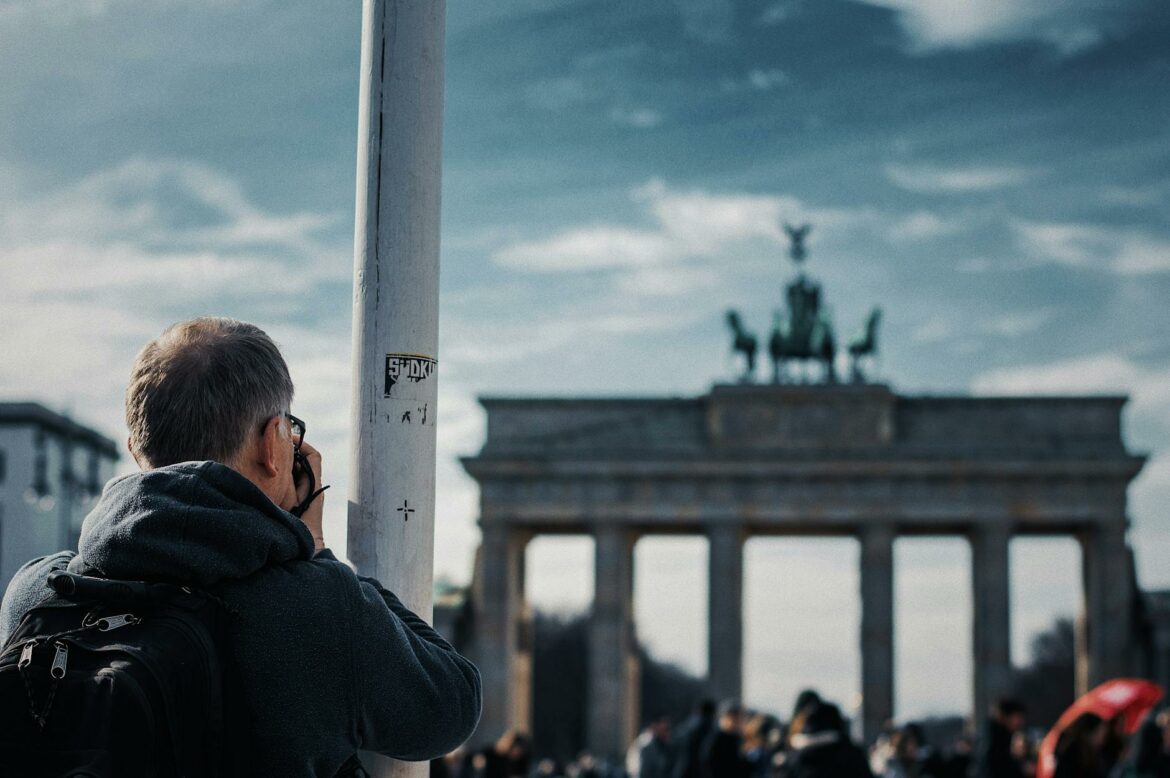In a world where digital content evaporates into the ether almost as quickly as it’s created, the notion of preserving moments feels increasingly rare. Picture this: a teenager, smartphone in hand, scrolling through a never-ending feed of meticulously curated lives, while beside them, a grandmother flips through a dusty photo album, the pages yellowing with age. Each snapshot tells a story, but only one holds the weight of time, a physical testament to moments once lived. As life rushes forward, the dichotomy between fleeting digital experiences and tangible memories grows sharper, leading us to a unique kind of nostalgia–the kind that can be found in time-capsule websites.
Take, for example, the story of a couple who, in the throes of their wedding planning, stumbled across a website dedicated to preserving messages for future generations. On this site, they could write letters to their future children, sharing their hopes, dreams, and perhaps even the challenges they faced as a young couple. They spent a rainy Saturday afternoon crafting these letters, the soft patter of raindrops against the window mingling with laughter and the scent of fresh coffee. Each word felt like a brick in the foundation of their future family. The website promised to deliver these letters in twenty years, a reminder of their love and aspirations, encapsulated in a digital vault. As they clicked “submit,” the couple felt a mix of excitement and disbelief–could they really freeze this moment in time?
In another corner of the internet, a group of high school friends decided to create a virtual time capsule as a graduation gift for their class. They spent hours compiling photos, videos, and messages, each one a piece of their shared experience. The site they chose allowed them to upload content that would remain locked away for five years, only to be opened at their first class reunion. With each upload, laughter and nostalgia filled the air as they reminisced about late-night study sessions, awkward dances, and inside jokes that had woven them together. The thrill of knowing that their memories would be preserved, waiting patiently for their reunion, made their hearts race. “This is us,” one of them declared, as they pressed the final button to seal their digital time capsule.
Time-capsule websites serve as both a refuge and a bridge to the past. One such site, FutureMe, allows users to write letters to their future selves. The user experience feels almost ritualistic; you sit down with your thoughts, reflecting on your current state of mind. The process can be surprisingly cathartic. It’s not just about the words you write, but the anticipation of opening that email five, ten, or even twenty years down the line. You wonder how much you’ll have changed, what lessons you’ll have learned, and whether your dreams will have shifted. In a survey, about 73% of users reported feeling a sense of closure after reading their letters years later, as if they were reconnecting with an old friend.
Another treasure trove of memories can be found at sites like The History Project, where families can create a digital timeline of their ancestry. It’s a simple process: you upload family stories, photographs, and documents, and the site helps you weave them into a cohesive narrative. Imagine a grandmother sitting at her kitchen table, her hands trembling slightly as she sifts through old photographs–her mother in a flapper dress, her father in a wool suit, both gazing into the camera with youthful hopes. As she uploads these images, the scents of cinnamon and vanilla waft through the air, and the soft hum of the kettle boiling in the background creates a comforting atmosphere. This digital time capsule becomes a legacy, a gift not just for her children, but for generations to come.
The experience of visiting these sites is like stepping into a portal, where the past and future collide in a delicate dance. The interface of these platforms often feels inviting; photos pop with vibrant colors, while the text carries the weight of memory. Each click is imbued with intention, as if the act of preserving these moments grants them a kind of immortality. It’s a reminder that while the present may be fleeting, the memories we choose to save can echo through time.
As you navigate through these digital archives, you can’t help but feel a sense of community. On many of these platforms, users share their experiences and memories, creating a tapestry of stories that weave together the threads of human experience. It’s a revelation that you’re not alone in your desire to hold onto moments that matter. The connections formed through these shared narratives can be profound, as if you’re part of a larger story that transcends the individual.
In a world where 60% of young adults express feeling overwhelmed by the pace of modern life, these time-capsule websites become sanctuaries. They offer a space to breathe, reflect, and engage with the past while considering the future. The act of preserving memories transforms from a solitary endeavor into a collective experience, creating bonds that often extend beyond time and geography.
Perhaps the most striking aspect of these digital vaults is their ability to provoke introspection. When you sit down to write a letter to your future self or compile your family’s history, you’re forced to confront your own narrative. What moments have shaped you? What dreams do you hold dear? The answers may surprise you, revealing layers of yourself that you may have overlooked amidst the chaos of daily life.
As the digital landscape continues to evolve, time-capsule websites stand as a testament to our collective yearning for connection. They remind us that, even in an age dominated by transience, there are still ways to capture the essence of our lives and the stories we hold dear. In a world that often feels disconnected, these platforms allow us to reach back in time while still moving forward, preserving not just memories, but the very fabric of our existence.

